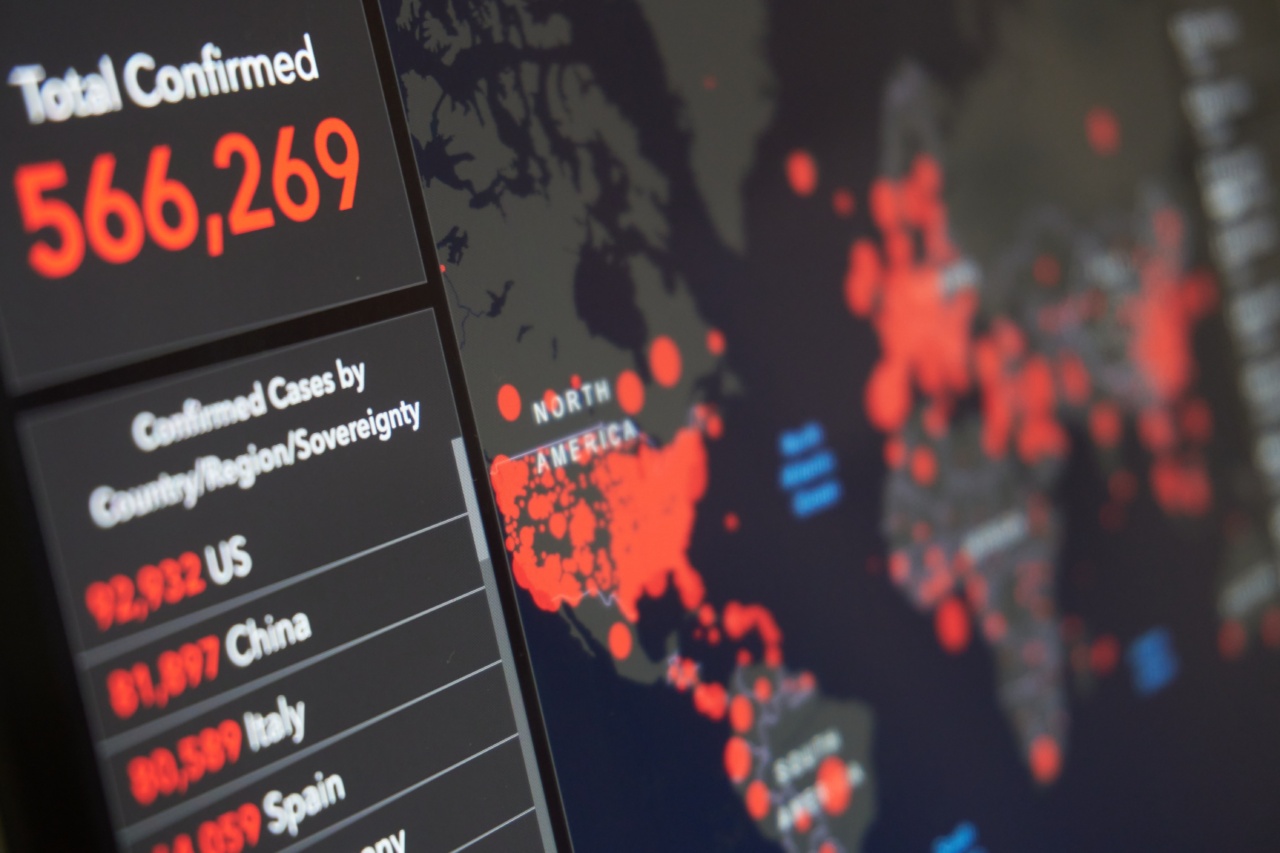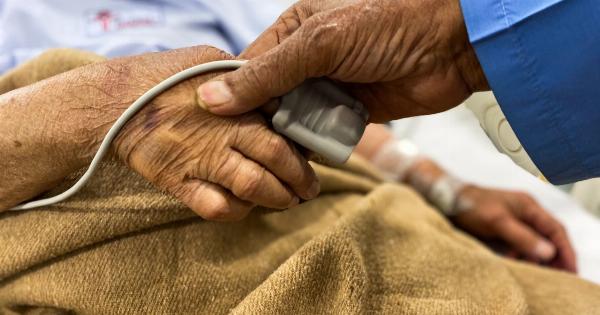It is a common problem in the medical field- healthcare providers are often left to make life or death decisions without enough information.
However, with the development of a new program, healthcare providers may be able to more accurately evaluate the chance of a patient’s death ahead of time. This program could eventually lead to better care and more informed decisions, potentially saving lives.
How Does the Program Work?
The program, developed by a team of data scientists and medical professionals, uses artificial intelligence and machine learning to evaluate a patient’s likelihood of dying within the next 90 days.
The program uses data from electronic health records, including age, medical history, current medications, and previous hospitalizations, to make predictions about a patient’s health outcome.
The program takes into account a wide variety of factors that could impact a patient’s health, such as blood pressure, heart rate, and oxygen levels.
It also analyzes data from laboratory tests, imaging studies, and other diagnostic tools to make its predictions.
The program processes all of this information and generates a risk score for each patient, which healthcare providers can use to guide their treatment decisions.
For example, if a patient has a high risk score, a healthcare provider may decide to admit them to the hospital and provide more intensive treatment.
Why Is This Program Important?
One of the biggest problems in healthcare is the lack of information available to healthcare providers. Often, healthcare providers are forced to make decisions based on incomplete or inaccurate information, which can lead to poor health outcomes.
This program is important because it provides healthcare providers with more complete and accurate data, allowing them to make more informed decisions about a patient’s care. This could lead to better health outcomes and potentially save lives.
What Are Some of the Potential Limitations?
Like any new program, there are some potential limitations to consider. One of the biggest concerns is the accuracy of the predictions made by the program.
While the program has been shown to be very accurate in clinical trials, there is always the possibility that it may not be as effective in real-world settings.
Another concern is the potential for healthcare providers to rely too heavily on the program, potentially ignoring other important factors that could impact a patient’s health outcome.
Additionally, there may be ethical concerns around using an algorithm to predict a patient’s likelihood of dying.
What Are Some of the Potential Benefits?
Despite these potential limitations, there are many potential benefits to using this program. One of the biggest benefits is the ability to provide more personalized care to patients.
By using data to make more informed decisions, healthcare providers can tailor their treatments to better meet the needs of each individual patient.
The program may also help to reduce healthcare costs by minimizing hospital readmissions and reducing the need for expensive diagnostic tests and treatments.
This could be particularly beneficial for patients with chronic conditions who require ongoing care.
How Could This Program Affect the Future of Healthcare?
If this program proves to be effective, it could have a major impact on the future of healthcare.
By providing healthcare providers with more accurate and complete data, healthcare providers can make more informed decisions about patient care, potentially leading to better health outcomes and improved quality of life for patients.
This program could also be used to help identify patients who are at high risk for certain conditions, such as heart disease or cancer, allowing healthcare providers to provide more aggressive preventative care.
Conclusion
While there are some potential limitations to consider, the development of a program that can evaluate the chance of death ahead of healthcare providers has the potential to be a game-changer in the field of medicine.
By providing healthcare providers with more complete and accurate data, this program could lead to better health outcomes and potentially save lives.






























